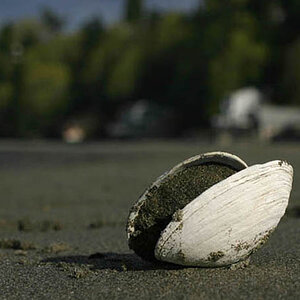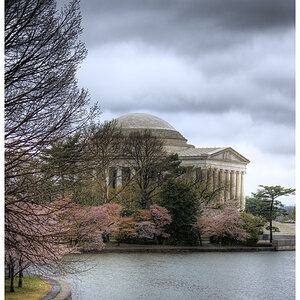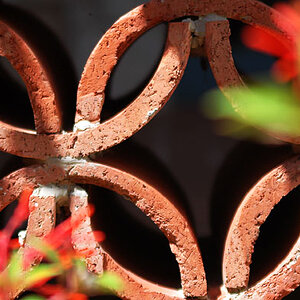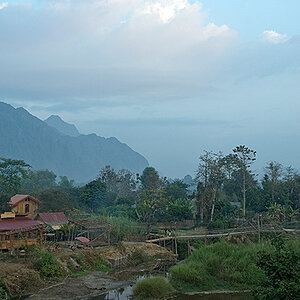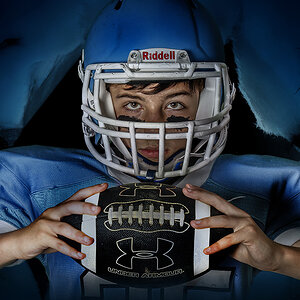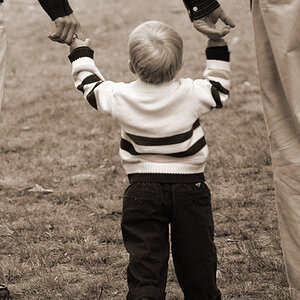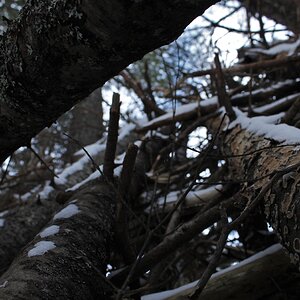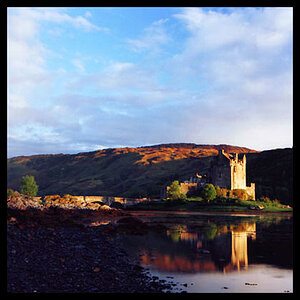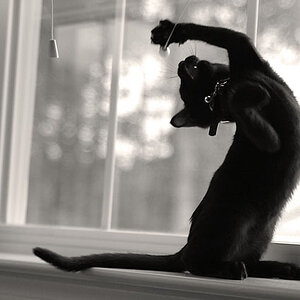HookdOnPix
TPF Noob!
I've read two books, read tutorials online and taken notes, and watched a couple videos. Yet still....when I go out to shoot, I STILL fall back on auto or one of the scene settings on my Nikon D5100. I don't have the confidence to change yet, and I don't want to miss a shot while I'm messing around with my camera.
I'm looking for a Youtube video series that would help where I could just subscribe to one or two channels and watch their series of videos. Any recommendations?
I'm looking for a Youtube video series that would help where I could just subscribe to one or two channels and watch their series of videos. Any recommendations?



![[No title]](/data/xfmg/thumbnail/39/39225-99d579cd498f8f152a288d7e8e7ad2a4.jpg?1619738926)
![[No title]](/data/xfmg/thumbnail/32/32944-550374cc056b8618b47594b3cc6e1574.jpg?1619735777)
